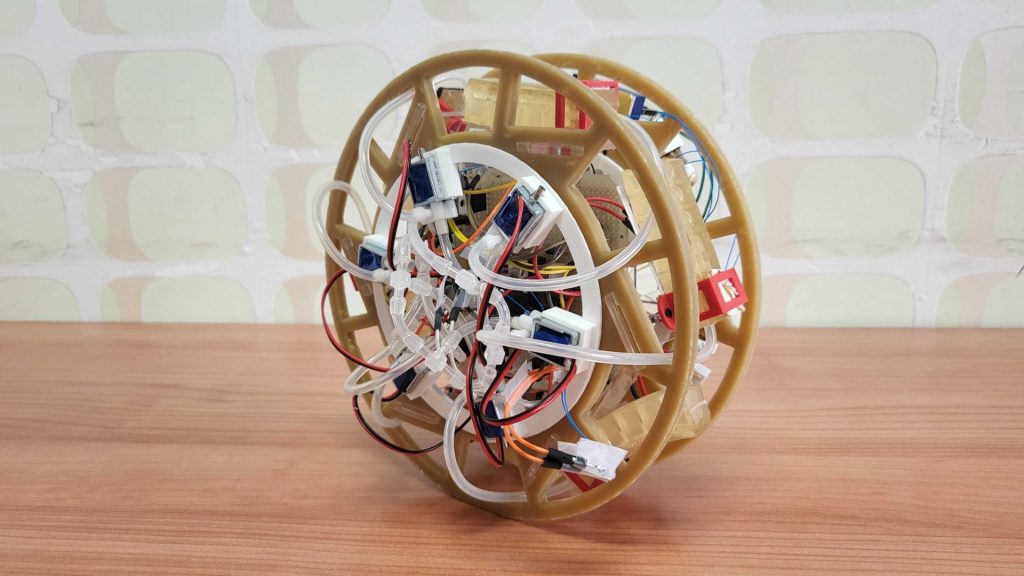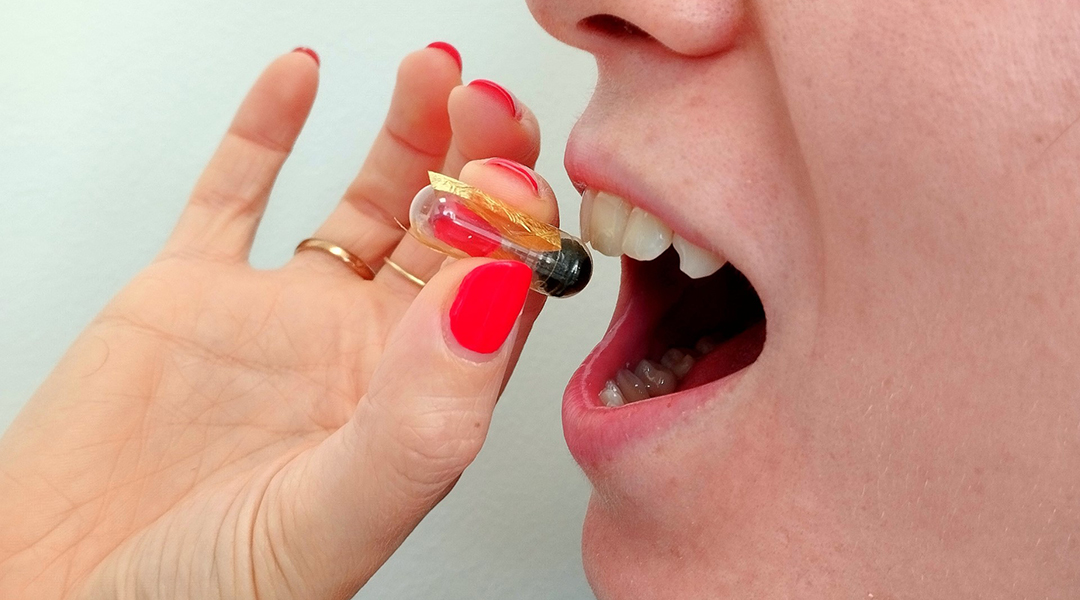Have you ever imagined eating a robot? It might sound like a strange concept — food is organic and edible, while conventional robots are inorganic and inedible — but emerging research has shown that this concept is not so far-fetched after all. Just think of the amount of electronic waste that could be avoided if a device was digested by our bodies like any other food we consume for nutritional purposes.
According to Valerio Francesco Annese, a researcher at the Italian Institute of Technology, sustainability is often an afterthought in robotics and electronics, despite the rapid advancement of these fields. This has led to the accumulation of electronic waste in landfills, which leach toxic heavy metals into the surrounding environment and pose health hazards. Electronics also have a complicated recycling stream owing to the different materials incorporated within a device, adding to the problem.
Edible electronics would help mitigate these issues, as food-based devices are not only biodegradable and biocompatible, but their constituent materials are non-toxic. As a result, their intentional or accidental consumption would be harmless to both humans and animals.
Merging food science with robotics
This futuristic concept is being brought to reality by a group of researchers, including Annese, through the RoboFood project.
“The European-funded RoboFood project aims at advancing the emerging field of edible robotics, which studies the application of food-derived materials into functioning robots,” Annese explained. “Edible robots are not only biodegradable items made of edible materials, but they can also serve a nutritional function.”
Led by Dario Floreano, the director of the Laboratory of Intelligent Systems at the Swiss Federal Institute of Technology Lausanne (EPFL), RoboFood integrates food science with soft robotics. This merging of two very different fields inspires the development of new and interesting applications, including recreational food experiences. RoboFood’s website asks us to imagine the following scenario:
“Ordering your pizza and having it delivered in a few minutes by a drone? That could soon be routine. But what about having the drone itself for dessert, instead of sending it back?” he said.
Beyond recreation, edible drones could provide nutrition for humans in emergency situations, or edible robotic prey could supply vaccines and supplements to wild or endangered animals. On the flip side, robotic food composed of edible actuators and electronics could enhance food safety, accurately indicating food expiration and protecting the product from heat or humidity during storage. In healthcare, edible devices could be used as non-invasive diagnostic tools—for example, in the gastrointestinal tract—and robotic food could help patients swallow medication.
Towards these aims, Robofood researchers have already built an edible gelatin-based rechargeable battery (GelBat) and partially edible drones that could potentially be deployed in unmanned transport missions to those in urgent need of food or medicine.
A robot you can eat?
Recently, the RoboFood team created an entirely edible bistable tilt sensor based on an inedible commercial analogue. Robots require rotation sensors to perceive orientation and operate autonomously, so this development marks an important step toward realizing functional, fully edible robots.
Bokeon Kwak, EPFL researcher and member of the RoboFood project, elaborated on the novelty of the sensor: “Although some edible robots have already been developed, none of them have the sensing ability to monitor their locomotive status, such as body orientation and moving velocity. Our implementation represents the first integration of edible sensors, actuators, and structural components into the same autonomous system.”
To fabricate the sensor, Annese and his colleagues used only ingredients approved by the European Food Safety Authority (EFSA). They laminated food-grade gold onto electrodes composed of ethyl cellulose, a food additive known as E 462, and molded an electrically conductive mass, which controls the current flow, from a mixture of activated carbon, beeswax, and sunflower oil. They encapsulated the system in gelatin and used Haribo gummy bears as a spacer to separate the electrodes. The sensor was compatible with a previously developed edible battery and could provide a detectable output for at least 259 days.
As a proof of concept, the researchers integrated six of these edible rotation sensors into a rolling robot, mimicking animals that curl their bodies and roll as a means of locomotion, like caterpillars or shrimp. The rolling motion was assisted by a large edible wheel made of ethyl cellulose, carnauba wax, and olive oil.

“The robot can autonomously estimate its orientation and activate one of its six gelatin legs to autonomously roll forward,” Annese explained.
Although the robot contains some inedible components, including the electronic circuit, microcontroller, pneumatic components, and battery, the fully edible sensor is compatible with these components, demonstrating that partially edible robots could be practically implemented in the near future.
Another novel aspect of the rolling robot is its nutritional value. Approximately 36% of the robot’s weight constitutes edible materials, and its caloric content is estimated as 807.5 kilocalories, which is roughly 30% of the recommend daily calorie intake for an adult male. This unique feature could eliminate the need for food payloads during rescue missions, among other nutrition-focused applications.
Although the current version of the robot has some limitations, including occasional sensor and gelatin actuator failures, its overall performance shows that autonomous locomotion using edible components is possible.
“The next steps include the implementation of additional edible components, such as edible electronic logic circuits and sensors, the reduction of size towards miniaturization, and the identification of novel edible actuators, aiming at the realization of a fully edible robot,” Annese told us.
“We hope that our work might induce designers to consider biodegradable and even edible materials in lieu of non-degradable ones when possible, providing an immediate effect on the mitigation of electronic waste accumulation,” he added.
Reference: Dario Floreano, Mario Caironi, Valerio F. Annese, et al., An Edible Bistable Tilt Sensor Enabling Autonomous Operation of a Partially-Eatable Rolling Robot, Advanced Sensor Research (2023). DOI: 10.1002/adsr.202300092

















